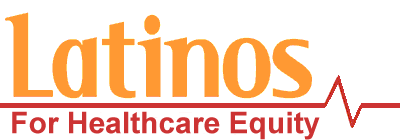« Hispanics’ health in the United States | Main | The federal government must act now to save Puerto Rico’s healthcare system »
Stemming the Tide of Fake Medicines
By admin | May 20, 2015
By THE NY TIMES EDITORIAL BOARD
MAY 18, 2015
A flood of fraudulent medicines sold mostly in the developing world is threatening the health of hundreds of thousands, if not millions, of people in those nations and consumers in more advanced nations as well.
International organizations, national drug regulators and the drug industry itself have been struggling for years to curb sales of phony or poorly prepared medicines. But articles in a special issue of the American Journal of Tropical Medicine and Hygiene, published online last month, show that efforts to control this problem have had only modest success over the past decade.
The number of outright fakes — pills containing no active ingredients at all — may have declined. However, the problem of substandard medicines that have some, but not all, of the active ingredient they are supposed to contain has worsened. Sometimes a medicine degrades because it has not been stored or handled properly. But often the manufacturer deliberately reduces the amount of active ingredients to save money while increasing inert ingredients to keep the weight and shape the same.
Substandard medicines — a pill, for instance, that has 70 to 80 percent of the active ingredient — may actually accelerate the development of resistant germs. The dose is not enough to eliminate all the targeted germs, and those that remain are the most resistant to the drug. The resistant strains can then infect new people.
Anti-malaria drugs are a particular problem. One study in the journal estimated that more than 120,000 children in sub-Saharan countries under the age of 5 died in 2013 because of ineffective malaria medicines. Another study found that, in Laos, the samples tested in 2012 had correct ingredients, but about one-fourth of them had fewer active ingredients than they should.
Similar problems beset antibiotics. A study of 35 samples of amoxicillin and co-trimoxazole purchased in Ghana, Nigeria and Britain found that 60 percent of the tablets of co-trimoxazole did not have the requisite amount of active ingredient. A study in Southeast Asia found that 65 percent of the ampicillin samples were substandard.
What can be done to stop the abuses? Poor countries need financial help, technical assistance and training to improve their oversight of medicines.
More affluent developing countries like China and India, whose companies make many of the substandard drugs, need to crack down on the wrongdoers. And punishments for knowingly or negligently making or selling fake medicines need to be severe, especially for those who sell medicines on the World Health Organization’s list of essential drugs.
Congress is considering ways to modernize drug regulation at the Food and Drug Administration to speed clinical trials and get drugs to market faster. It should also look at how the agency, acting on its own or through international organizations, might help rein in bogus drugs in an increasingly global market that can affect all consumers.
Topics: Uncategorized | No Comments »
Comments are closed.

